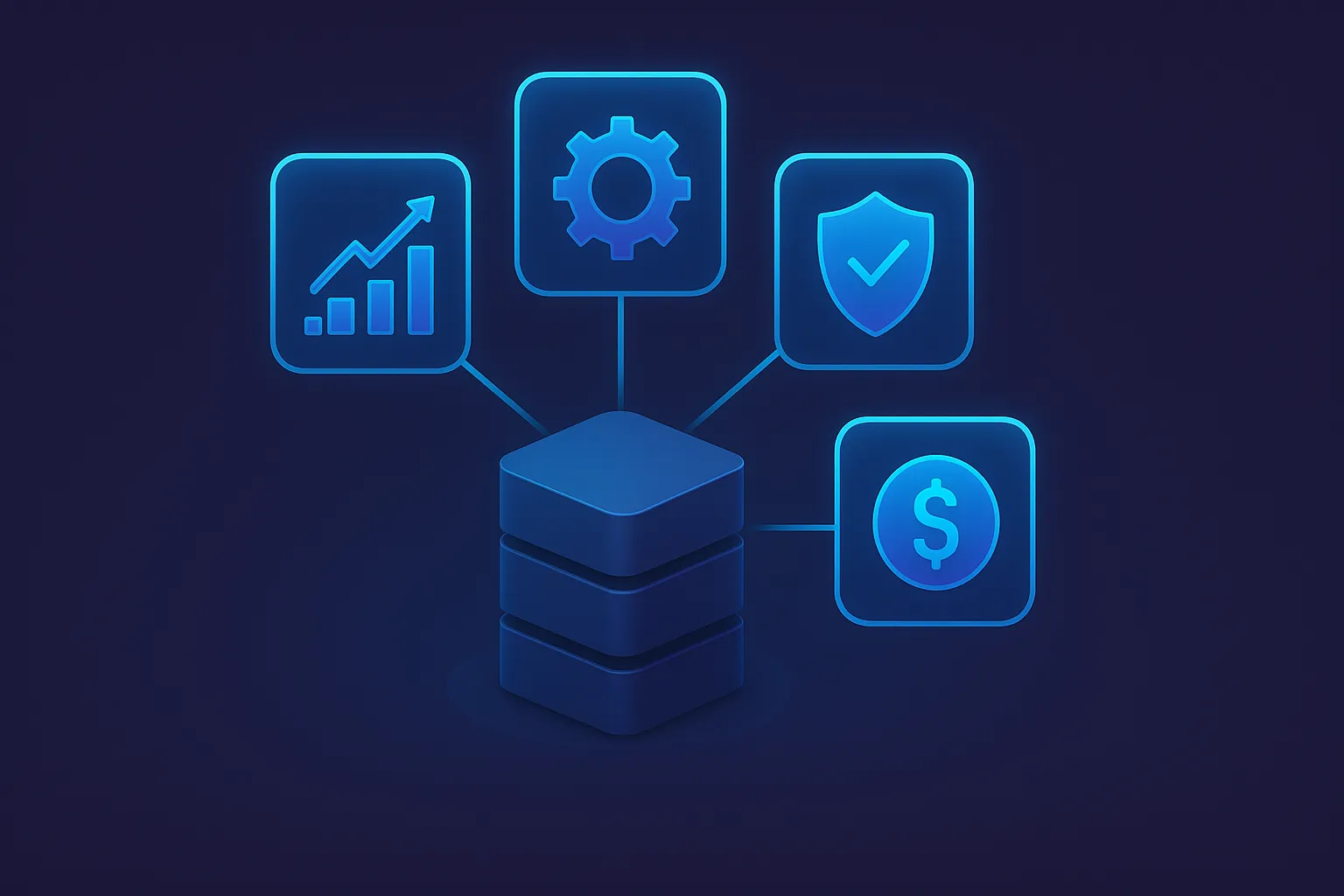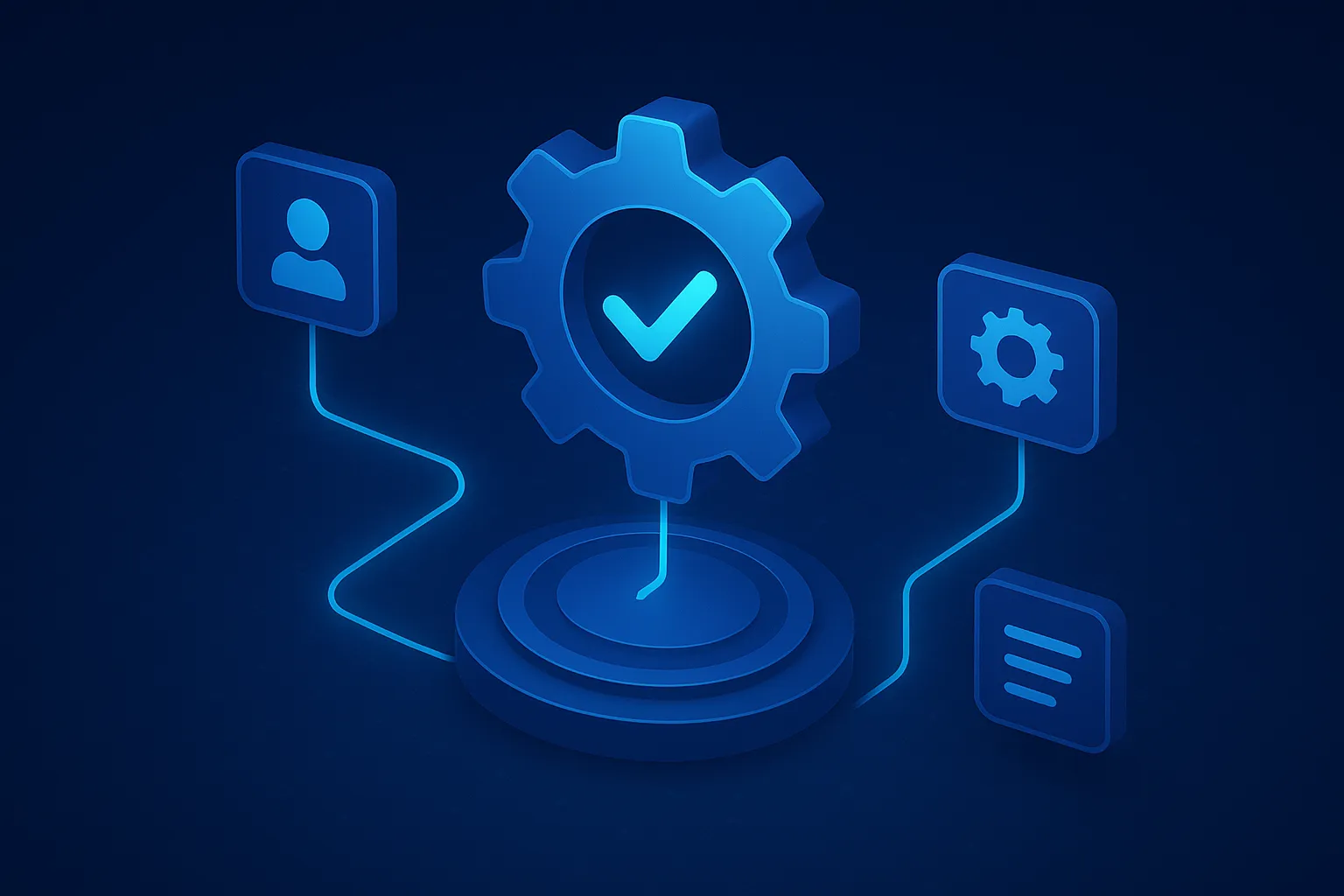August 21, 2025
August 21, 2025

Businesses often rely on a complex mix of software, hardware, and cloud applications to run their daily operations. When these systems operate in isolation, they can create inefficiencies, data silos, and missed opportunities. System integration eliminates these barriers, enabling seamless communication between platforms, streamlining workflows, and unlocking actionable insights.
At Serdao, we go beyond basic connectivity, offering comprehensive system integration consultation and tailored outsourcing of system integration to help organizations remain agile, scalable, and ahead of the competition.
System integration is the process of connecting different IT systems, applications, and software into a unified environment where they can operate as a coordinated whole. This involves enabling data to flow seamlessly between systems, ensuring compatibility across platforms, and creating an efficient, interconnected infrastructure.

Rather than allowing individual systems to function in isolation, system integration brings them together, linking databases, business applications, and hardware components to work in harmony. This not only improves operational efficiency but also provides real-time access to accurate information, empowering better decision-making.
A well-executed system integration project typically involves several key elements:
At its core, system integration is not just a technical exercise, it’s a strategic approach to modernizing operations, improving agility, and supporting business growth.
Implementing a well-designed system integration strategy delivers far more than just technical connectivity, it creates measurable business value. Below are some of the most important benefits:

1. Improved Operational Efficiency
By eliminating redundant processes and enabling systems to communicate seamlessly, integration reduces manual data entry, minimizes errors, and accelerates workflows. This leads to faster operations and better productivity across departments.
2. Real-Time Data Access and Accuracy
Integrated systems provide up-to-date information from all connected platforms in real time. This ensures that decision-makers have accurate, consistent, and reliable data, critical for agile business strategies.
3. Cost Reduction and Better ROI
Automation and streamlined processes reduce the need for duplicate resources and manual intervention. Over time, businesses experience significant cost savings and a higher return on investment from their IT infrastructure.
4. Enhanced Collaboration
When data and processes are synchronized, teams can work together more effectively, regardless of their department or location. This fosters a culture of collaboration and shared goals.
5. Scalability and Future-Proofing
A well-architected system integration framework is built to grow with the business. As new applications, devices, or technologies are introduced, they can be integrated without disrupting existing operations.
By combining these benefits, system integration consultation and strategic outsourcing of system integration allow businesses to unlock their full potential, turning isolated systems into a cohesive, high-performing ecosystem.
Choosing the right integration approach is crucial: the decision affects time-to-value, total cost of ownership, maintainability, and how well systems adapt as the business changes. Below are five widely used system integration approaches, each explained with what it is, how it works, key advantages, drawbacks, and when to choose it. This will help you match technology options to business needs and inform any system integration consultation or outsourcing of system integration engagement.

Direct, hard-wired connections between two systems so they can exchange data or trigger each other’s functions.
How it works: Developers build bespoke adapters or connectors for each pair of systems. Data mapping and transformation logic often live inside the connector.
Pros
Cons
When to use: Small environments with only a handful of systems and short-term needs, or for quick proofs-of-concept. Not recommended for medium/large enterprises. Keep connectors modular and document interfaces strictly; plan migration to a centralized approach as soon as growth is expected.
A centralized middleware layer that routes, transforms, and orchestrates messages between systems.
How it works: Systems push messages to the ESB; the ESB handles protocol translation, message enrichment, routing, and sometimes orchestration of multi-step processes.
Pros
Cons
When to use: Organizations with moderate to high integration complexity that need centralized control, reliable messaging, and rich transformation/orchestration capabilities. Design the ESB as a scalable, fault-tolerant service; enforce versioning; separate critical real-time paths from bulk/batch flows.
Exposing application functionality through well-defined APIs and decomposing monoliths into independent microservices that communicate via APIs.
How it works: Services expose RESTful/graphQL APIs or gRPC endpoints. An API gateway manages authentication, rate limiting, and routing. Teams own services and their APIs.
Pros
Cons
When to use: Companies practicing DevOps, seeking rapid feature delivery, or building cloud-native platforms. Ideal when teams need autonomy and when services map well to business domains. Adopt an API gateway, define an API contract-first approach, implement centralized logging/tracing, and enforce security and versioning policies.
Managed, cloud-hosted integration platforms (Integration Platform as a Service) that provide connectors, orchestration, monitoring, and scalability out of the box.
.webp)
How it works: Connectors to SaaS apps, databases, and on-prem systems are configured through a visual or declarative interface. The iPaaS handles runtime, scaling, and often monitoring/alerts.
Pros
Cons
When to use: Fast time-to-market needs, heavy reliance on SaaS applications, or when outsourcing infrastructure management makes business sense. Evaluate connector coverage, SLAs, data residency and compliance features, and exit-strategy options to mitigate lock-in.
Asynchronous communication model where systems exchange events/messages via a message broker or streaming platform (e.g., Kafka, RabbitMQ).
How it works: Producers publish events to topics/queues; consumers subscribe and react. This enables loose coupling and near-real-time propagation of state changes.
Pros
Cons
When to use: Systems that need real-time notifications, streaming data pipelines, or where decoupling and scalability are priorities (e.g., e-commerce events, telemetry pipelines). Adopt schema registry for event formats, implement idempotent consumers, and invest in observability (distributed tracing, consumer lag monitoring).
No single approach fits every situation. Real-world architectures often mix patterns, API-led services for synchronous business capabilities, event streams for real-time updates, and iPaaS for rapid SaaS connectivity, creating a hybrid model that balances agility, cost, and control.
A successful system integration project requires more than simply connecting applications and data sources. It demands a strategic approach that aligns technology, processes, and people to achieve long-term results.
The first step is thorough planning and requirements analysis, define clear objectives, identify systems to be integrated, and map the necessary data flows before choosing any tools or platforms.
Security and compliance must also be addressed from the very beginning. Data exchanged between systems should be encrypted in transit and at rest, with proper authentication and access controls. For businesses in regulated industries, integration architecture must align with standards such as GDPR, HIPAA, or ISO to avoid compliance risks.

To improve clarity, here are some core best practices to follow:
Finally, remember that successful integration doesn’t end at deployment. Continuous support, whether managed in-house or through the outsourcing of system integration, ensures that your connected systems remain secure, high-performing, and adaptable to change. Leveraging system integration consultation can also help identify gaps, refine processes, and keep your IT ecosystem aligned with business objectives.
Tackling a system integration project entirely in-house can be challenging. It often requires niche technical expertise, a deep understanding of multiple platforms, and the ability to foresee how changes in one system might impact others. For many businesses, building and maintaining that level of expertise internally is costly and time-consuming.
This is where outsourcing of system integration and engaging in professional consultation can make a real difference. By working with an experienced partner, you gain access to:
At Serdao, we take a collaborative approach. Our team works closely with your internal stakeholders to understand your business processes, design tailored integration solutions, and provide ongoing support. Whether you need guidance through system integration consultation or a full-service outsourced implementation, we focus on delivering practical results that fit your operational and strategic goals.
Choosing the right partner doesn’t just connect your systems, it connects your business to new opportunities for efficiency, agility, and growth.
Conclusion
System integration is more than a technical upgrade, it’s a strategic investment in efficiency, agility, and long-term growth. With the right approach, seamless connections between your systems can unlock real-time insights, streamline operations, and give your business a competitive edge.
Whether through system integration consultation or the outsourcing of system integration, partnering with experts like Serdao ensures your integration journey is smooth, secure, and built for the future.